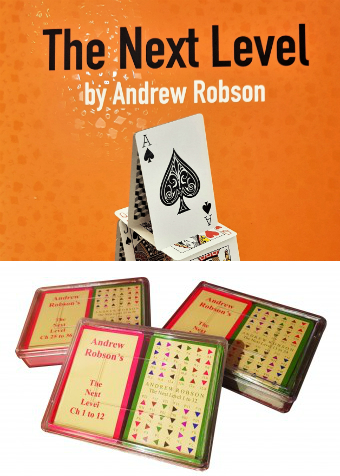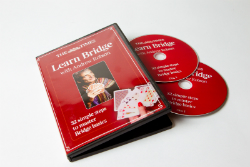Defence: The difference between the second card to the trick and the third card to the trick.
When you are playing the third card to the trick, your partner has already played a card. Assuming that card is low, and declarer/dummy playing second has played low, you must play high or declarer wins a cheap trick:
|
|
|
|
|
North
(Dummy) |
|
West |
|
East (You) |
South
(Declarer) |
|
|
|
|
|
After ♠3, ♠2, if you as East are too mean to play ♠K and instead play ♠9, declarer wins a cheap trick with ♠J. You should instead play ♠K, prepared to sacrifice it to ♠A, so preventing declarer scoring ♠J. Your partner’s spades are promoted and provided it is you (East) who leads a second spade through declarer’s remaining ♠J6, declarer will be restricted to one spade trick.
Hence the motto: third hand high.
When you are a defender playing the second card to the trick, things are quite different because your partner hasn’t yet played a card to the trick. If a low card is led (by declarer/dummy), you can normally afford to play low; declarer will have to play high in third chair, otherwise partner will win a cheap trick. Playing second, the pressure is off.
|
|
|
|
|
North
(Dummy) |
West
(You) |
|
East |
South
(Declarer) |
|
|
|
|
|
When declarer leads ♠6, do not, playing second as West, be tempted to play ♠J “to force out ♠K”. Dummy’s ♠K will have to be played anyway, otherwise your partner East will win the trick with ♠Q. After ♠6, ♠2 (the correct card), ♠K... declarer can but score ♠K and ♠A. However if you as West erroneously insert ♠J, then after ♠6, ♠J, ♠K, ♠4; declarer can lead back dummy’s ♠3 and when East plays ♠8, he can insert “finesse” ♠10 and score all three tricks.
Hence the motto: second hand low (when a low card is led)*.
*NB Normally cover an honour with an honour






